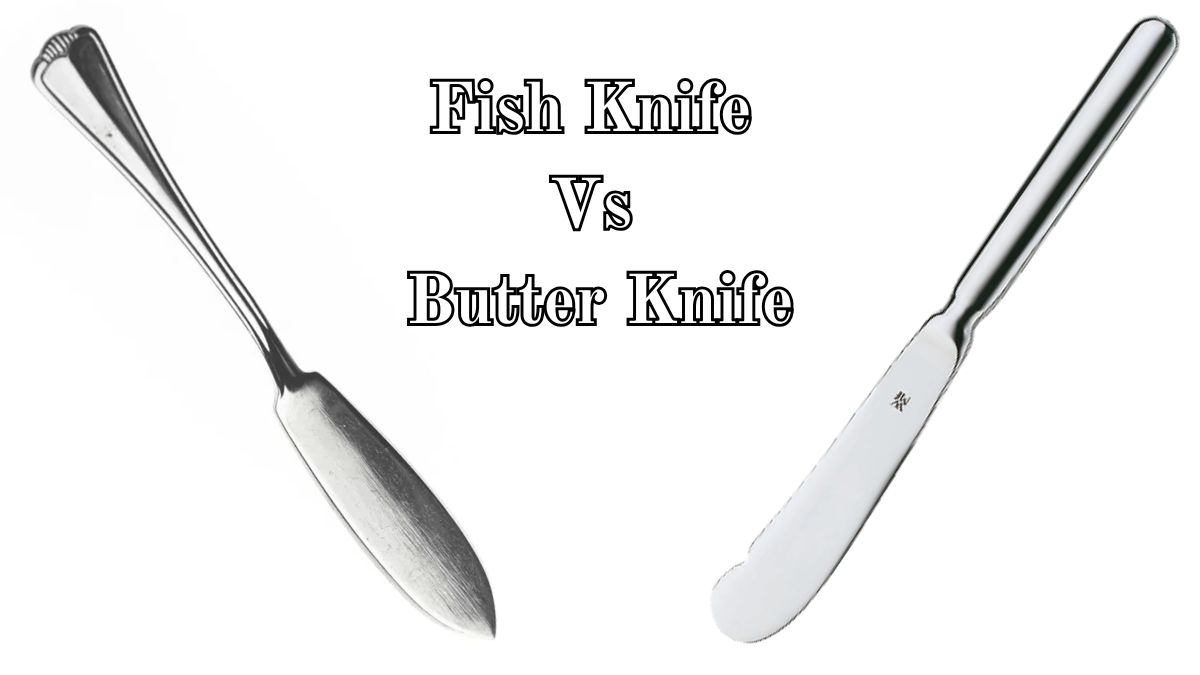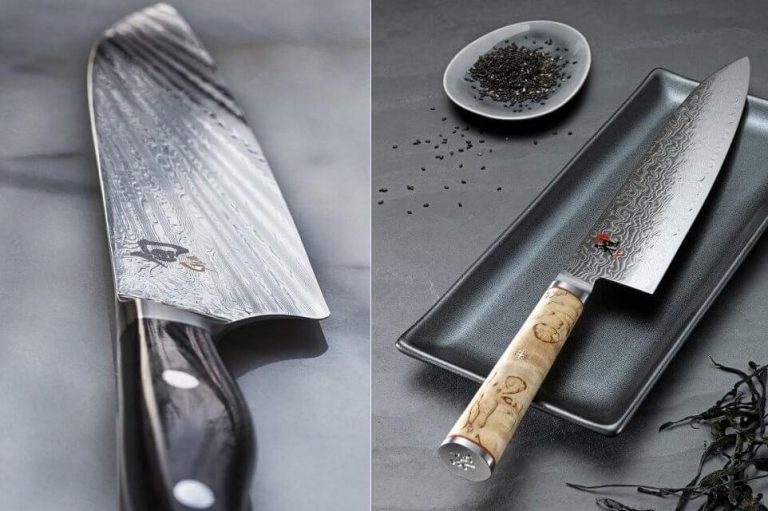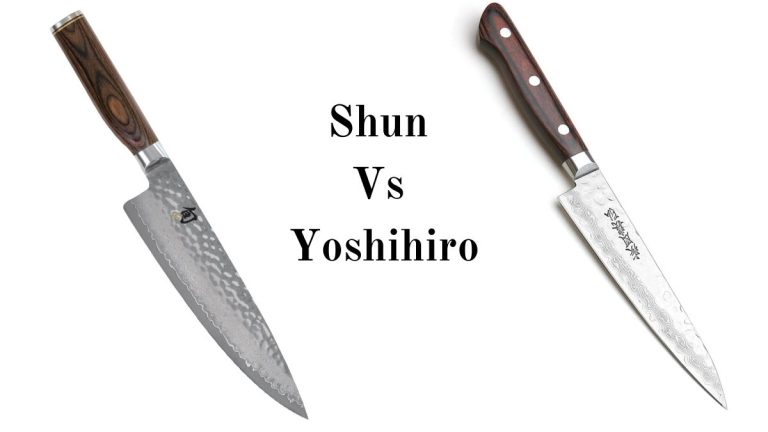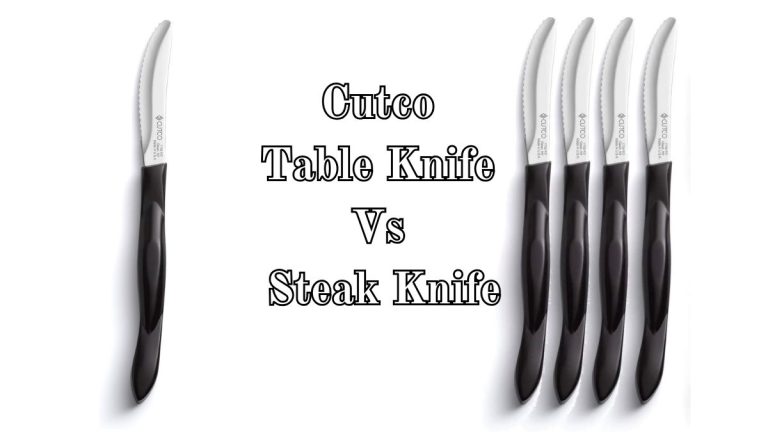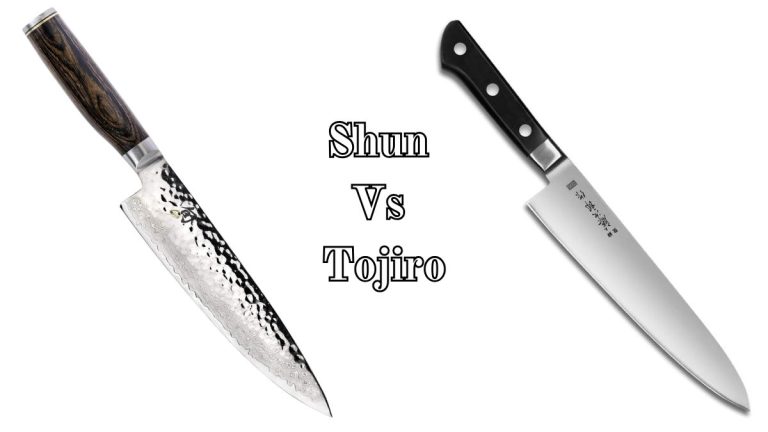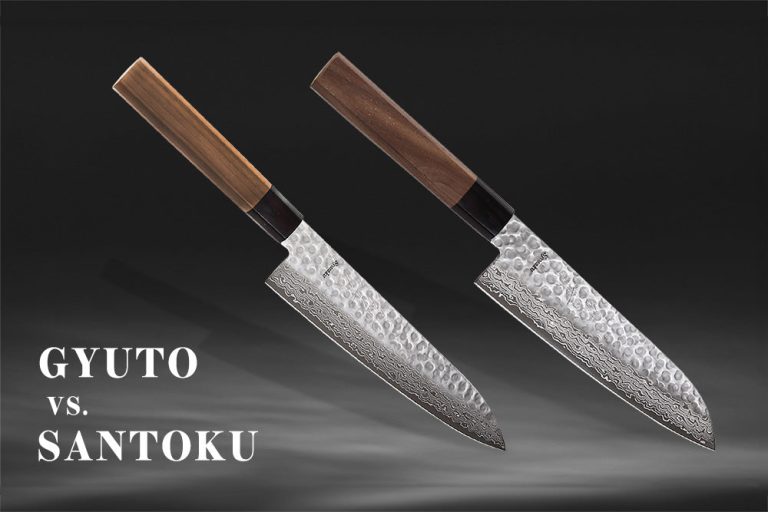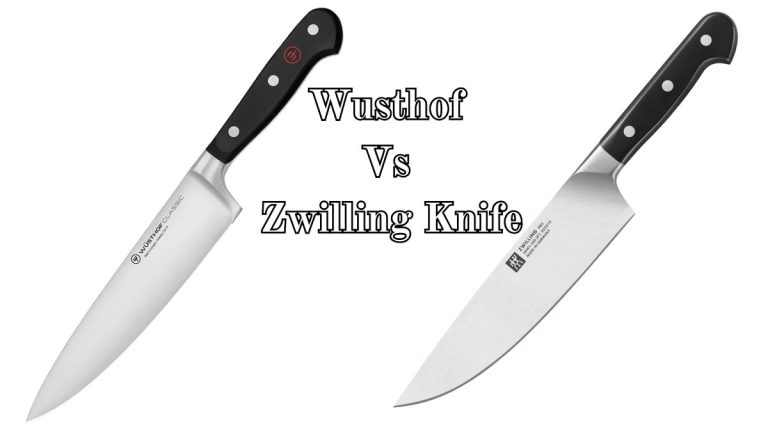Fish Knife Vs Butter Knife: Which One Should You Use?
Fish knives and butter knives serve different purposes. Each has a unique design tailored for specific tasks.
Understanding these differences can help in choosing the right tool for your dining experience. Fish knives are crafted to handle delicate fish fillets, ensuring a clean cut without damaging the meat. Butter knives, on the other hand, are designed for spreading butter or other soft spreads smoothly on bread.
Knowing when to use each knife can elevate your dining etiquette and enhance your meal presentation. Whether hosting a dinner party or enjoying a quiet meal at home, using the correct knife can make a significant difference. Let’s explore the features and uses of both knives to better understand their roles on your dining table.
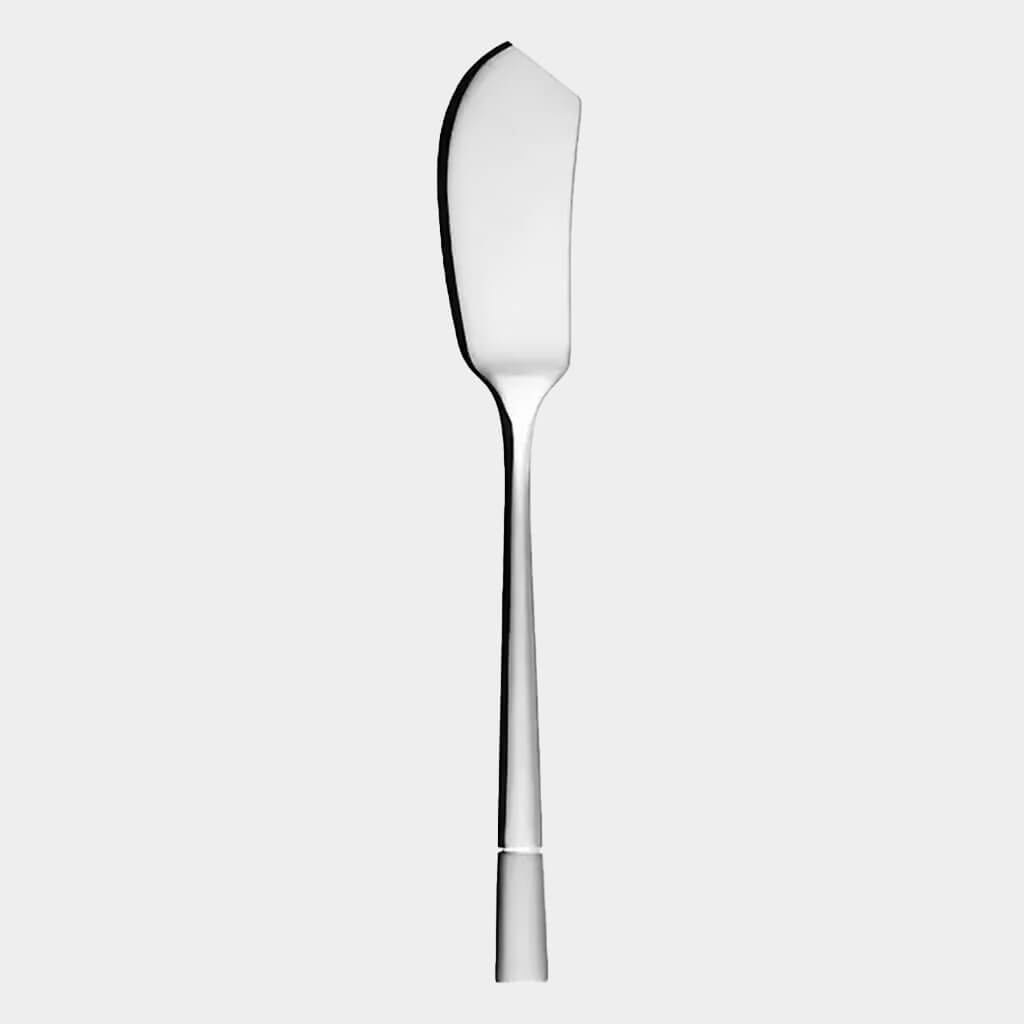
Fish Knife Overview
A fish knife is a specialized utensil designed for eating fish. It differs from regular knives in several ways. It is a must-have for those who enjoy seafood. The unique shape and features make it ideal for this purpose.
Design Features
The fish knife has a wide, flat blade. This blade often has a pointed tip. The edge is usually not sharp like a regular knife. Instead, it has a slightly serrated edge. This design helps to remove skin and bones from fish. The handle is often elegant and comfortable to hold.
Common Uses
Fish knives are mainly used to eat fish dishes. They are perfect for filleting fish at the table. They can separate fish flesh from bones easily. These knives are also used to spread sauces or butter on fish. Their design makes them versatile for various fish preparations.
Butter Knife Overview
The butter knife is a versatile tool often found in kitchens. Its design and usage make it unique compared to other knives. Understanding its features and common uses can help you make the most of this handy utensil.
Design Features
The butter knife has a wide, blunt blade. This makes it safe for spreading. The blade is usually made of stainless steel. It has a smooth edge to avoid damaging the bread. The handle is often comfortable to grip, allowing for easy use.
Common Uses
The butter knife is commonly used for spreading butter on bread or toast. It is also ideal for applying soft spreads like cream cheese or peanut butter. You can use it to cut soft foods, such as cakes or pastries. The butter knife is also great for serving small portions of soft food items. Below is a table summarizing the common uses of a butter knife:
| Common Use | Description |
|---|---|
| Spreading Butter | Wide blade spreads butter smoothly on bread. |
| Applying Soft Spreads | Ideal for cream cheese, peanut butter, and jams. |
| Cutting Soft Foods | Useful for cutting cakes, pastries, and soft fruits. |
| Serving | Serves small portions of soft food items effectively. |
Differences Between Fish Knife And Butter Knife
Understanding the differences between a fish knife and a butter knife is essential for proper table etiquette. These utensils are designed with specific purposes in mind, and their unique features make them suitable for their respective tasks. This section will explore the key differences in blade shape and edge type.
Blade Shape
The blade shape is one of the most noticeable differences. A fish knife has a unique shape designed to handle delicate fish fillets. Its blade is often asymmetrical, with one side being flat and the other slightly curved. This shape helps in lifting and separating fish flesh from bones with ease.
On the other hand, a butter knife has a simple, straight blade. It is typically short and broad, perfect for spreading butter smoothly on bread without tearing it. This straightforward design makes it easy to use for its intended purpose.
Edge Type
Another key difference is the edge type. Fish knives usually feature a slightly serrated edge. This serration helps in gently cutting through the soft flesh of fish without damaging it. The serrated edge also assists in removing scales or skin when necessary.
In contrast, butter knives have a smooth, blunt edge. This smooth edge is ideal for spreading butter, jam, or other soft spreads. It ensures that these spreads are applied evenly without causing any damage to the bread or other surfaces.
Here is a quick comparison:
| Feature | Fish Knife | Butter Knife |
|---|---|---|
| Blade Shape | Asymmetrical, curved | Straight, broad |
| Edge Type | Serrated | Smooth |
In summary, both knives serve specific purposes. Their designs make them suitable for their respective tasks, ensuring a better dining experience.

When To Use A Fish Knife
A fish knife is designed for handling delicate fish, while a butter knife spreads butter or soft spreads. Choose a fish knife for cleanly separating fish bones and skin.
Choosing the right knife for your meal can enhance your dining experience. Fish knives are designed specifically for eating fish. They help you handle the delicate flesh without damaging it. Using a fish knife can make your meal more enjoyable and proper.
Ideal Situations
Fish knives are perfect for formal dinners. If you are at a restaurant with a special fish course, use a fish knife. They are also ideal for home dinners with guests. Impress your friends by using the correct knife. It shows you care about the dining experience.
Fish Knife Etiquette
Hold the fish knife in your right hand. Use the fork in your left hand. Gently separate the fish flesh from the bones. Use the knife to remove the skin. Avoid cutting the fish. Instead, use the knife to lift and separate. This maintains the fish’s texture. Always use a gentle touch. It shows respect for the food and your company.
When To Use A Butter Knife
A butter knife is a small, blunt knife often used at the dining table. Its primary purpose is to spread butter, jams, and soft spreads on bread or toast. Knowing the right situations to use a butter knife can enhance your dining experience and table manners. Let’s explore the ideal situations for using a butter knife and the etiquette involved.
Ideal Situations
A butter knife is perfect for spreading butter on warm toast. It works well for applying jam or jelly on a slice of bread. You can also use it to spread soft cheese on crackers. It’s ideal for serving butter at a dinner party. A butter knife is great for handling soft spreads without damaging the bread.
Butter Knife Etiquette
Always use a butter knife to take butter from a communal dish. Place a small amount on your bread plate before spreading it. Avoid using your personal knife for communal butter. Keep the butter knife separate from other utensils. Place it on the bread plate when not in use. Use gentle, smooth motions to spread butter or other spreads. Maintain a clean and tidy plate to show good manners.
Credit: www.tiktok.com
Pros And Cons Of Fish Knife
Fish knives offer precision for delicate fish filleting, making them ideal for seafood lovers. Butter knives, while versatile, lack the sharpness needed for clean fish cuts.
A fish knife is a specialized tool designed for eating fish. It has a unique shape that helps with removing fish bones and skin. But like any tool, it has both advantages and disadvantages. Let’s explore these below.
Advantages
One major advantage of a fish knife is its design. The blade is thin and flat, which makes it easy to slide under fish skin. This helps in removing the skin without damaging the meat. The knife also has a pointed tip. This feature is useful for picking out small bones.
Another benefit is the size of the fish knife. It is smaller than regular knives. This makes it easier to handle when eating delicate fish. The smaller size also gives you more control. This is important when working with soft and flaky fish.
Disadvantages
One disadvantage of a fish knife is its limited use. It is specifically designed for fish. You might not use it often unless you eat fish regularly. This makes it less versatile than other kitchen knives.
Another drawback is that it can be difficult to find. Fish knives are not as common as butter knives. You may need to visit specialty stores or buy online. This could be inconvenient.
Some people may also find it hard to use. The unique shape requires some practice. If you are not used to it, you might find it tricky.
In summary, a fish knife offers precise control and ease of use for fish. But it is less versatile and requires practice. Weigh these pros and cons before adding one to your kitchen.
Pros And Cons Of Butter Knife
Choosing the right knife for your dining needs can be tricky. The butter knife, a common utensil in many households, has its own set of advantages and disadvantages. Understanding these can help you decide if it’s the right tool for your kitchen.
Advantages
A butter knife is perfect for spreading soft foods. Its dull edge makes it safe for all ages. You can use it without fear of cutting yourself. This is great for kids learning to butter their bread.
Butter knives are versatile. They can handle tasks beyond buttering bread. They can spread jams, soft cheeses, and even soft spreads like hummus. This makes them a handy tool in the kitchen.
Butter knives are often affordable. You can find them in many kitchenware stores. They come in various styles and designs. This lets you choose one that fits your personal taste and budget.
Disadvantages
Butter knives have their limitations. They are not suitable for cutting hard foods. Trying to cut a tough item with a butter knife can be frustrating. It can also damage the knife.
The dull edge of a butter knife can be a downside. It struggles with tasks that require precision. Slicing a ripe tomato or a piece of cheese can be challenging. You need a sharper knife for such tasks.
Butter knives are often made of softer materials. They can bend or lose their shape over time. This reduces their effectiveness. You may need to replace them more often than other knives.
Frequently Asked Questions
What Is A Fish Knife?
A fish knife is a specialized utensil designed for eating fish. It has a broad, flat blade with a pointed tip.
What Is A Butter Knife Used For?
A butter knife is used for spreading butter or other soft spreads on bread. It has a rounded tip.
How Do Fish Knives And Butter Knives Differ?
Fish knives have a pointed tip and a broad blade for easy filleting. Butter knives have a rounded tip.
Can I Use A Butter Knife For Fish?
Using a butter knife for fish is not ideal. It lacks the pointed tip and broad blade needed for filleting.
Conclusion
Choosing between a fish knife and a butter knife depends on your needs. Fish knives have a unique design for delicate fish. Butter knives are perfect for spreading butter smoothly. Both knives serve specific purposes in your kitchen. Understanding their uses helps in selecting the right tool.
This makes meal preparation easier and more enjoyable. So, next time, consider the dish you are preparing. The right knife can make a big difference. Happy cooking!

